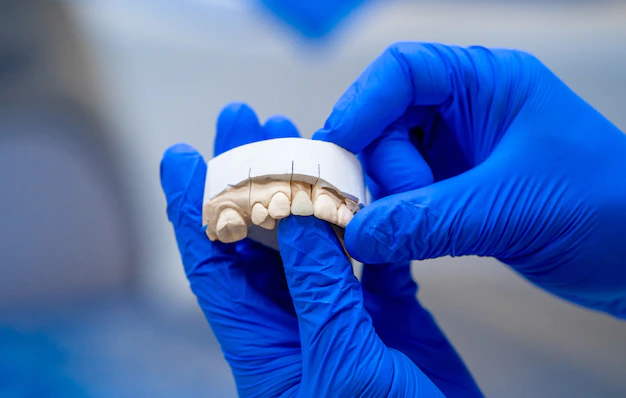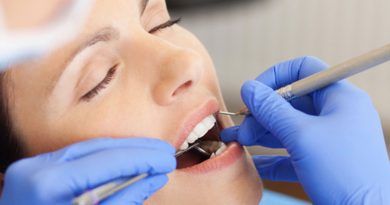Benefits of Single Tooth Dental Implants Treatment
Single Tooth Dental Implants
One dental implant and a crown can replace a single lost tooth. The root and the missing natural tooth are both replaced by a dental implant.
What benefits do single-tooth dental implants have over bridges?
Comparing a dental implant to alternative tooth replacement choices, there are a number of benefits. A dental implant replaces a single tooth without compromising the health of the teeth around and functions and looks like a natural tooth. A tooth-supported fixed bridge, another popular procedure for a single tooth loss, necessitates the grinding down of nearby teeth in order to support the cemented bridge.
The bone is better preserved because a dental implant will replace your tooth root. A portion of the bone that once protected the tooth starts to resorb or degrade when it is covered by a bridge. Your jawbone and dental implants work together to maintain the bone’s strength and health.
Over time, a single implant may be more aesthetically pleasing and simpler to care for than a bridge. Gums can pull away from a bridge, exposing the metal base or collar and leaving a noticeable flaw. An ugly smile may result from resorbed bone under the bridge. Additionally, the cement that holds the bridge in place may wash away, allowing bacteria to erode the teeth that support the bridge.
How will the implant be placed?
The single tooth implant New York NY, which resembles a screw or cylindrical object, is first inserted into your jaw. Your artificial tooth will have an anchor as a result of the implant and bone bonding together over the following two to six months. A temporary tooth replacement solution can be worn over the implant site during this time.
The surgery frequently requires an additional step to expose the implant and install an extension. The framework on which your new tooth will be positioned is finished by this temporary healing cap. After this surgery, your gums will be allowed to heal for a few weeks.
(Note: This second step is not necessary in some implant systems (one-stage). With these methods, the extension portion is already attached to the implant. Which system is most suitable for you will be suggested by your periodontist.)
You will next have a crown, a new tooth, made for you and fastened to an abutment, a little metal post. You will quickly regain confidence in your grin, as well as your capacity to chew and communicate. Because dental implants feel and look so natural, you might not even remember that you ever lost a tooth.
Since each situation is unique, several of these procedures may be combined under certain circumstances. The ideal treatment strategy will be chosen in collaboration with you by your periodontist.




